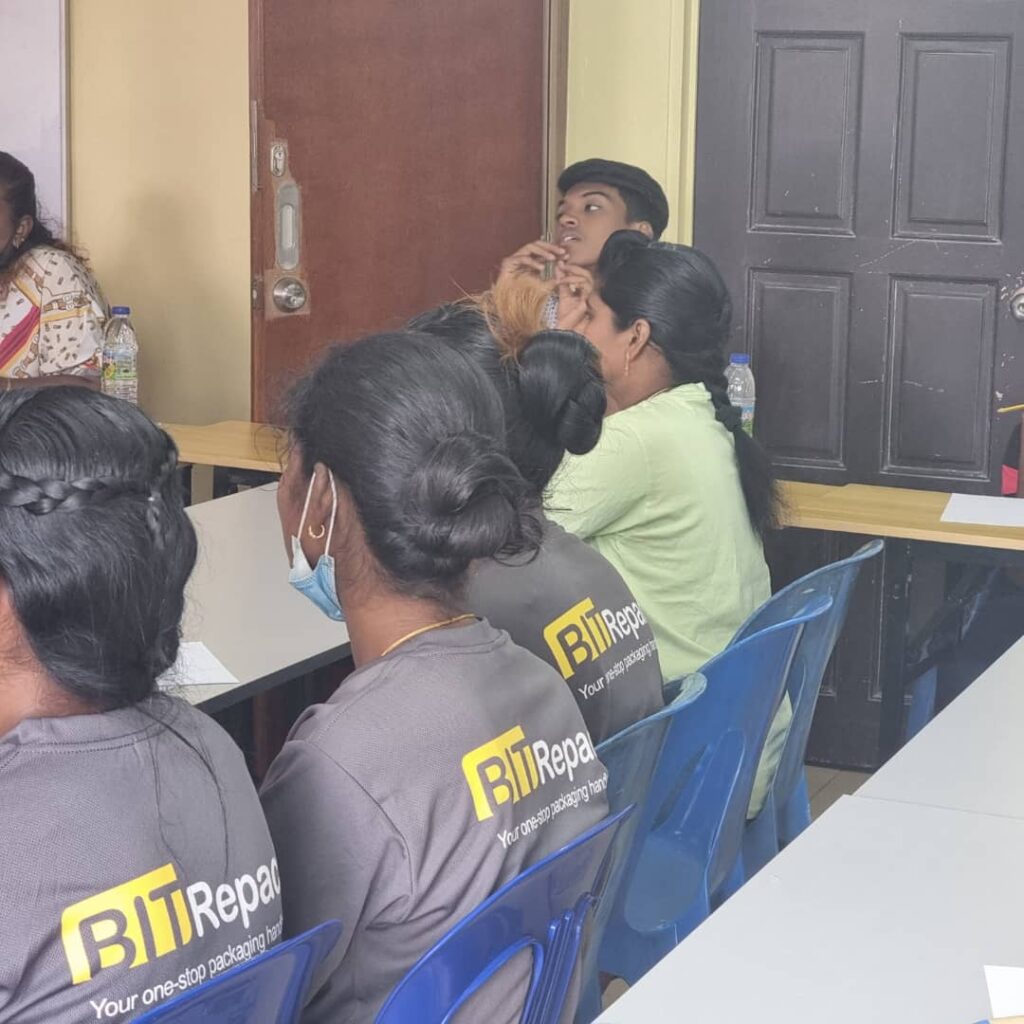
By Bhavani Krishna Iyer
KUALA LUMPUR, April 4: In a mystifying saga of administrative shuffling, the Malaysian Indian Transformation Unit (MITRA) finds itself entangled in yet another relocation, raising questions about its stability and effectiveness.
MITRA, originally established in 2014 under the name Socioeconomic Development of the Indian Community (Sedic), underwent a significant transformation in 2018, being rebranded as MITRA and placed under the jurisdiction of the National Unity Ministry. However, this marked the beginning of a series of movements that have left many scratching their heads.
The latest development in MITRA’s tumultuous journey sees it returning to the Prime Minister’s Department, a decision allegedly agreed upon by Prime Minister Datuk Seri Anwar Ibrahim and National Unity Minister Datuk Aaron Ago Dagang during a recent Cabinet meeting. This decision has reignited concerns about the unit’s stability and purpose.
Former MITRA Special Task Force Committee Chairman, Datuk R. Ramanan, has been vocal about the necessity of placing MITRA back under the Prime Minister’s Department. Ramanan argues that the Indian community’s trust lies primarily with Prime Minister Anwar Ibrahim, suggesting that MITRA’s effectiveness is contingent upon its proximity to the Prime Minister’s office. He contends that the infrastructure and resources available within the Prime Minister’s Department are better equipped to facilitate efficient management of the unit.
There have been also claims of improper management of MITRA funds over the years.
However, amidst these debates over administrative jurisdiction, fundamental questions about MITRA’s efficacy and purpose remain unanswered.
MITRA’s constant relocation raises concerns about the organisation’s ability to fulfil its mandate effectively. With each move, there appears to be a disruption in continuity and a lack of long-term strategic planning.
Moreover, there are lingering doubts about MITRA’s capacity to manage funds efficiently and ensure they reach the intended beneficiaries for the intended purposes. Despite now being under the Prime Minister’s Department, MITRA’s track record suggests persistent challenges in disbursing funds effectively to address the socioeconomic needs of the Indian community.
Critics argue that there is a glaring discrepancy between MITRA’s intended purpose and its operational realities. MITRA should ideally serve as a catalyst for transformation within the Indian community, focusing on sustainable development initiatives rather than merely distributing resources.
The analogy of teaching someone to fish rather than giving them fish resonates strongly in this context, highlighting the importance of empowering communities for long-term growth and self-sufficiency.
Having said that, concerns persist about MITRA’s online presence, with its website being criticised as superficial and lacking useful information. Despite its administrative turmoil, MITRA is in dire need of strong leadership that prioritises the welfare and well-being of the Indian community.
A leader with undivided focus, genuine concern, and the courage to challenge freeloaders is essential. This leader, along with a dedicated team, must formulate a sound annual plan, implement effective strategies, and establish robust tracking mechanisms.
Importantly, funds disbursed by MITRA must be clearly tied to a transformation agenda, ensuring that resources are utilised to bring about tangible and sustainable change within the community.
As MITRA navigates yet another phase of uncertainty, stakeholders within the Indian community and beyond are left grappling with fundamental questions about the unit’s future direction. The recurring theme of administrative reshuffling highlights broader concerns about governance, leadership, and accountability within government agencies tasked with addressing socioeconomic disparities.
Considering these challenges, calls for a comprehensive review of MITRA’s mandate, governance structure, and operational strategies grow louder. The ultimate goal should be to ensure that MITRA serves as a conduit for progress for the Malaysian Indian community especially the B40 and M40 groups, delivering tangible outcomes that translate into meaningful transformation and empowerment at the grassroots level.